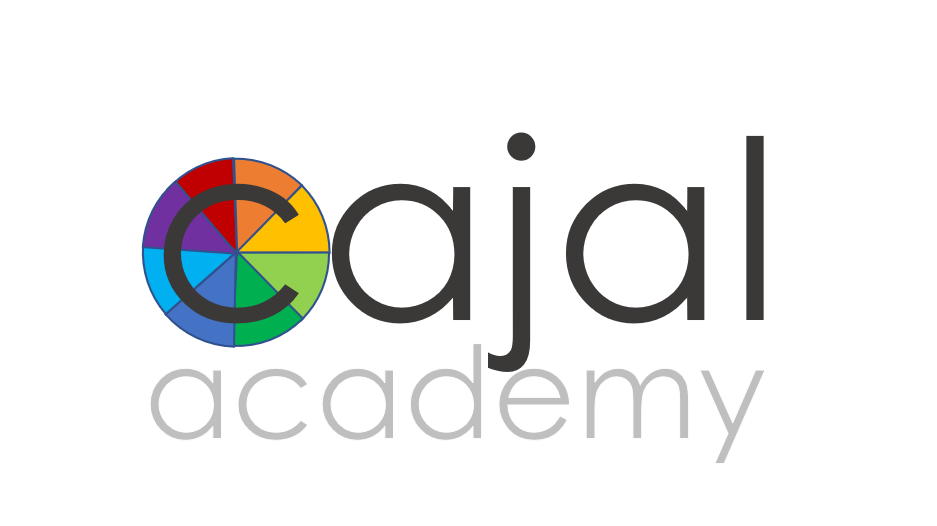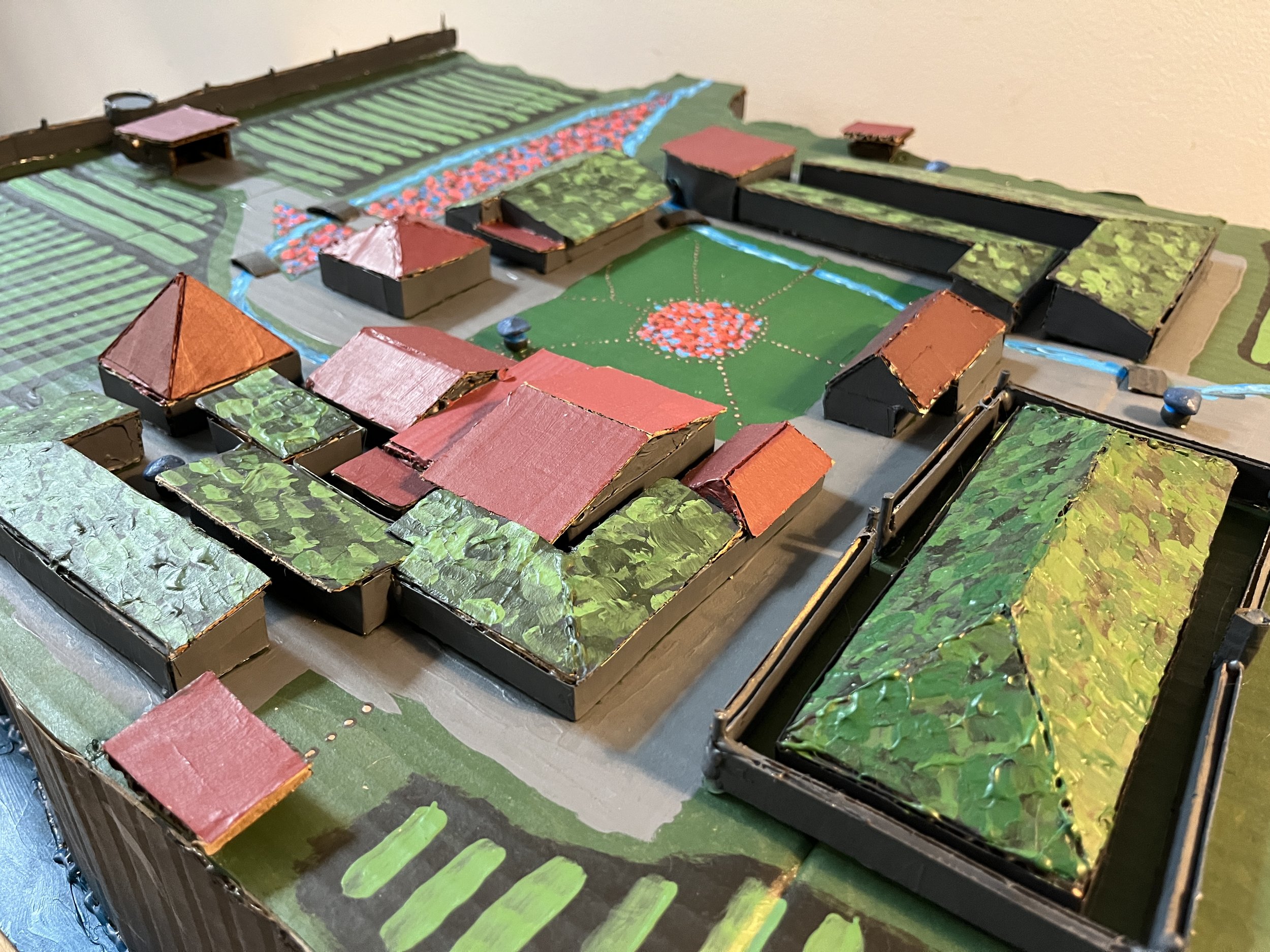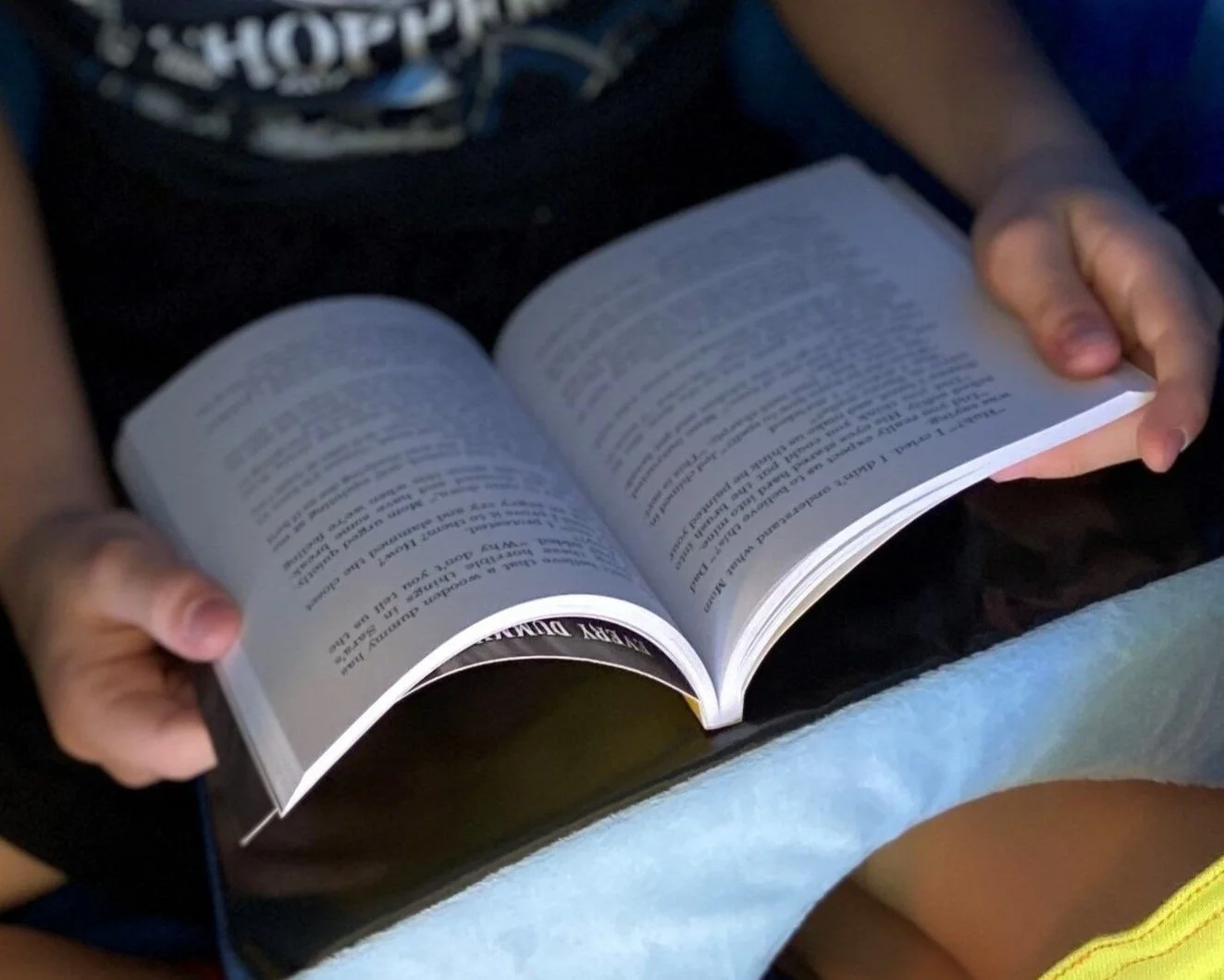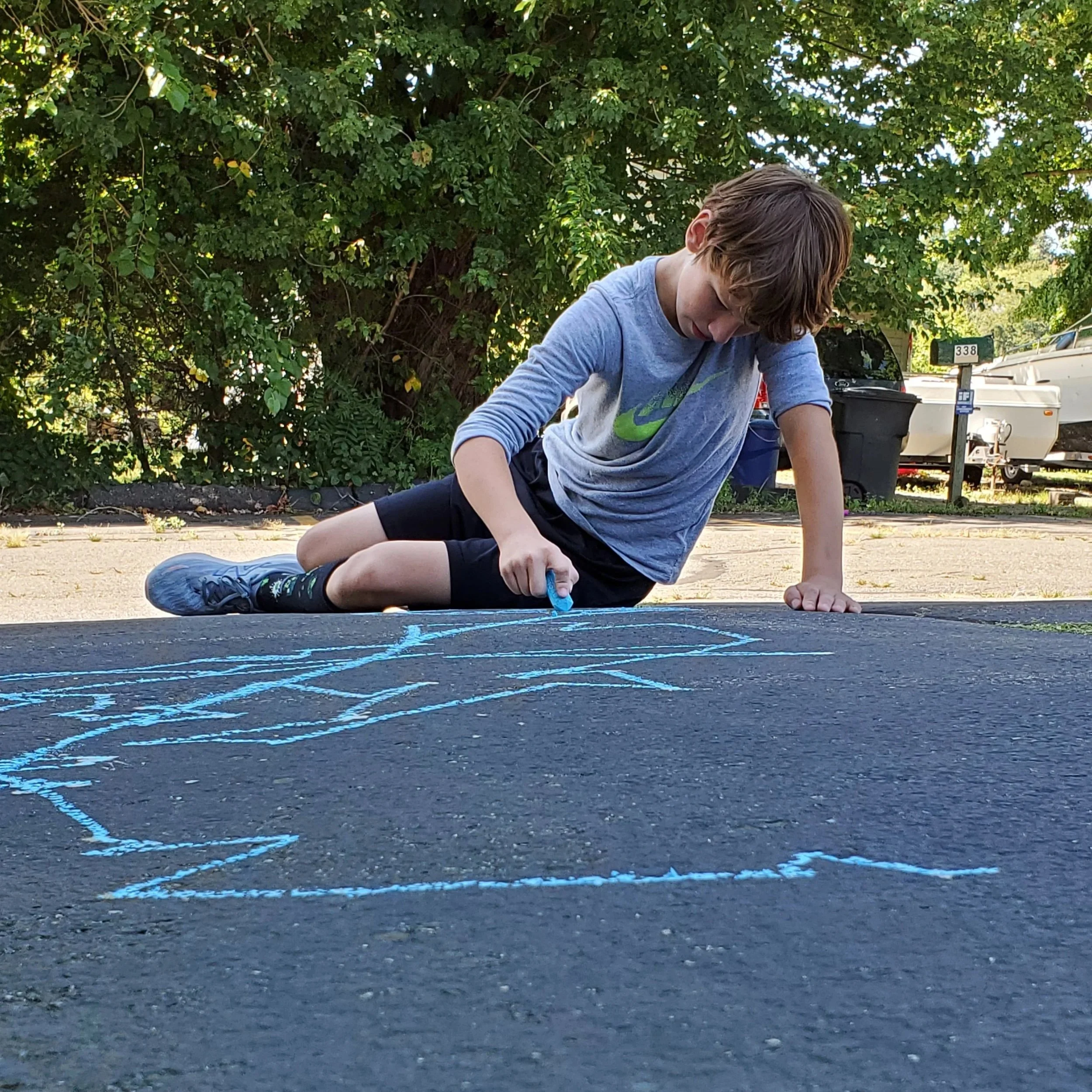Students, Families and School Districts Benefit from a New, Neuroplasticity School Model
Our research-backed, Neuroplasticity School model reduces special education costs by redefining its purpose and improving student outcomes.
Traditional special education programs are focused on identifying student disabilities and then filling the gap between that and their average, mainstream peers. In this approach, the disability is presumed to be immutable, or outside educators’ control—thus the mandate is to reduce the impact of that disability on the child’s ability to enjoy the benefits of the generally-offered public service.
Special Education as a field evolved at a time that scientists believed that a child’s abilities became relatively fixed by the end of early childhood, and thus that learning disabilities and other impediments to student growth were essentially immutable. Special education programs and individual student IEPs (individualized educational programs) were therefore developed to provide a mix of services, accommodations and specialized instruction to make up the gap between the ”disabled” child’s abilities and the average abilities of a typically-developing child, thus meeting the legal requirements of the ADA, which requires that a disabled person must receive the same benefits from a publicly-funded service as the non-disabled person.
However, it is now well-established that in fact, the human brain is constantly rewiring itself all the way through adulthood, through a process known as “neuroplasticity.” This is a task-driven process that is happening for every child in every school, every day. Thus, we have a tremendous opportunity to actually rewire the child’s profile and remove those disabilities.
Conversely, if we instead continue to accommodate those disabilities by removing the demand for the child to perform them, as is common under IEPs, we actually atrophy the neural networks that students need to perform those skills, thus further entrenching their disabilities.
We get behind the diagnostic labels and enhance the skill deficiencies that drive them
Under our new, Neuroplasticity School model, we approach this work in a fundamentally different way. We understand our mission as being to optimize the child’s academic and social-emotional access and success by filling in holes in their “splinter” level skill sets that are required to perform those tasks, thus reducing the disabilities themselves and not just the barriers that those disabilities present. While this work proceeds, curricular access is maximized by differentiating instruction to provide access through those skills where the child already excel, while reducing demand for those splinter skills that, we can see from the data, are not yet fully formed. In this way our individualized programs or “Student Growth Catalysts” are similar to an IEP, in that they include accommodations meeting the child where they are today, however our accommodation is on a more finitely-defined basis, thus reducing the over-accommodation that can hold back student growth. As a result, many of our intellectually-gifted students are able to access curriculum above grade level, equal to their analytical abilities, even in subjects where they had previously experienced academic delay. Student progress is monitored by our licensed therapists using objective clinical metrics, and as the child develops the necessary skills those accommodations are gradually faded out.
This work starts with the data that is already being collected by public schools and in independent evaluations, getting behind the diagnostic labels to identify areas of relative weakness within the neuropsychological and neurophysiological skills required to perform that task. We then work backwards down the neurodevelopmental chain to identify where a step in the typically-developing process was missed or remains under-developed. Finally, we apply a hyper-specialized application of occupational and physical therapy to build up those skills—reducing or even removing the disabilities in the process. The net result is a meaningfully different growth curve, with meaningfully different outcomes that reduce the complexity of the child’s learning profile, and thus the cost of educating them going forward.
Transformative results for children’s learning, and lives
In the five years since we launched Cajal Academy as a pilot program, our school has brought transformative results for kids having a diverse array of learning, social-emotional, neurophysio and chronic medical challenges, often in less than a single school year.
An elementary school student made up a gap of several grade levels in reading within six weeks, when we identified that weakness in his orthographic processing (remembering what words look like: one of the many skills required for reading) was the ‘anchor’ holding back his ability to read and used our Neuroplasticity Interventions to teach his brain to capture, categorize and recall visual information.
A brilliant middle schooler came to us unable to read more than a paragraph without losing track of what the words even mean, or write more than his own name without someone spelling each word letter by letter. By October we had identified severe dyspraxia at the root of it all. By February he was independently reading 45-60 pages a week, and by April he was independently writing a story while typing it.
Several gifted students who successfully hid their challenges with written expression and motor coordination through classroom avoidance and/or school refusal for a year or more in other settings have evolved within our program to full attendance and participation in just a matter of months—and began investing themselves in the strategies required to solve the underlying learning problems that triggered it all.
Along the way, the array of “behaviors” through which these kids sought to conceal their struggles shifted as well—not through reward charts, applied behavioral analysis (we are not an ABA program and do not use these techniques in our school) but by identifying and solving the deficient neurocognitive and neurophysio problems that had led them to develop those coping mechanisms in the first place.
Case Studies
The Neuroplasticity School approach reduces special education needs and therefore costs, suggesting a new solution for addressing the fiscal crisis facing public school districts while improving student outcomes
Our work suggests that this new, “Neuroplasticity School” model for implementing the demands of the IDEA can shift this equation and provide a very different financial and educational “return on the investment.” The changes are most dramatic for students having profiles that are the most challenging to serve within other educational settings, such as students with multiple overlapping learning and/or social-emotional challenges. Identifying the splinter skill deficits driving those challenges and building up the neural networks required to perform them is an inherently labor-intensive therapeutic process, which must be paired with growth mindset and agency coaching to help the student believe in (and therefore apply) their newly emerging skills. Thus, there is an initial up-front investment that can be significant—but inline with the cost of “therapeutic” programs that address the behavioral manifestations of those challenges without addressing the root causes.
Under this model, the cost of serving the student declines over time as the child’s primary skill deficits are improved, and efforts shift to filling curriculum that was lost as a result of the earlier skill deficit. We pass those savings on to our families and sending districts, tailoring tuitions to the stage in the Student Growth Catalyst where their journey at Cajal begins and then decreasing their tuitions over time as their abilities increase, until the Catalyst (and its associated accommodations and services) are removed altogether. At that point they are invited to reenroll at our base tuition level, which is lower than the cost of many local mainstream private schools, in order to increase the number of families who are able to access our program and to make it more feasible for school districts that lack robust programming for their gifted students to consider long term outplacements to our specialized environment. To illustrate, 90% of the families reenrolling at Cajal Academy for a second school year have done so at a significantly lower tuition rate than that required for their first year in the program.
Taken on a broader scale, this could have significant implications for public school funding of special education needs. When we approach the mandate of special education as being to fill the gap between their “disability” and the abilities of their average mainstream peers, it should be expected that special education costs will continue to rise as our bright and gifted students run out of the runway they rely upon to scaffold their ability to overcome inefficiencies in their learning infrastructure with the ever-increasing complexity of curriculum, executive function demands and social interactions increases with their evolution into middle and high school. When we instead shift the focus of special education to using neuroplasticity to actually reducing that gap by identifying and then enhancing those splinter neurocognitive skills that derail a given learning or social process, we fundamentally change the runway for that child, and the financial cost of supporting them over the lifetime of their K-12 education.
Moreover, all of our innovations are delivered by licensed therapists who are already present in public schools across the country, and utilize strategies that those therapists already know how to do—we’re just using them in new ways. Likewise, we start with the data in the well-normed assessments that public schools are already collecting—we just look at that data in a new way that allows us to get behind the diagnostic labels that describe what a problem looks like to identify the neurocognitive or neurophysio skill that’s driving that presentation so we can actually solve it.
Find out more about how we can support public school districts in our Resource Center for School Districts and Professionals.
The Neuroplasticity School model is in keeping with, and realizes the vision of, the IDEA and Connecticut statutes regarding public funding for private special education providers reducing public costs
Although this represents a new approach, it is consistent with the framework of the IDEA, and simply provides a more cost-effective and educationally-effective approach to specialized instruction, as defined in the Act. These programs are highly individualized, based on the data in a child’s profile, and instruction is differentiated in delivery and in product on this basis.
Further, because the Neuroplasticity School model reduces the special education needs and therefore the costs of meeting the child’s education needs, it is eligible for public school contracting and federal funds reimbursement under Connecticut state law.
Revolutionizing education beyond Cajal Academy
From the start, we have been determined not only to develop these new ways of doing things, but to disseminate them, so that we can empower kids well beyond our small school setting. We are a non-profit organization with a highly expert and visionary team. In June, 2024 we reached an important milestone in identifying the essential metrics and approaches for replicating the transformational changes we have seen across a range of bright and gifted student profiles. That led us to shift our focus to putting in place the new facility, information systems and clinical infrastructure required to scale this approach. We are actively working to develop partnerships, grants and new models for public-private partnership so that we can bring the benefits of this work to a much broader group of kids, far beyond our walls.
We began our work with students having very high intellectual abilities paired with an area of special education need, because the large gaps in these children’s neuropsychological profiles become triggers for school-based trauma that can only be meaningfully addressed by targeting those gaps themselves, through a neurodevelopmental approach. Currently, our efforts are focused on refining and documenting our model within this cohort of kids, however as that work progresses and our resources increase, we will design studies to test the effectiveness of our methodologies with kids having a broader array of intellectual profiles. We have also begun working with public school districts to develop new models for private-public partnership that can better support the needs of these complex, vulnerable students through parent education and workshops for school district personnel sharing how the neuroscience behind our approach can be used to improve student performance, decrease behaviors and increase teacher agency. Long term, we look forward to developing information systems that could be licensed by public school districts and other educational settings to extend the benefits of our innovations to a broader set of students far beyond our walls.
How you can support our work
Cajal Academy is entirely tuition-funded, placing a huge burden on the families that we serve to work with their school districts to reimburse their educational programs. Your donations will help us to develop a scholarship fund to help make our program financial accessible to a broader array of students.
We are also looking for volunteers to help support our work. We are currently seeking potential candidates to expand our Board of Directors, and are looking for volunteers to help us identify and pursue grant opportunities that can help to support our research and development efforts. Contact us to find out about these and other opportunities to support our work.
















